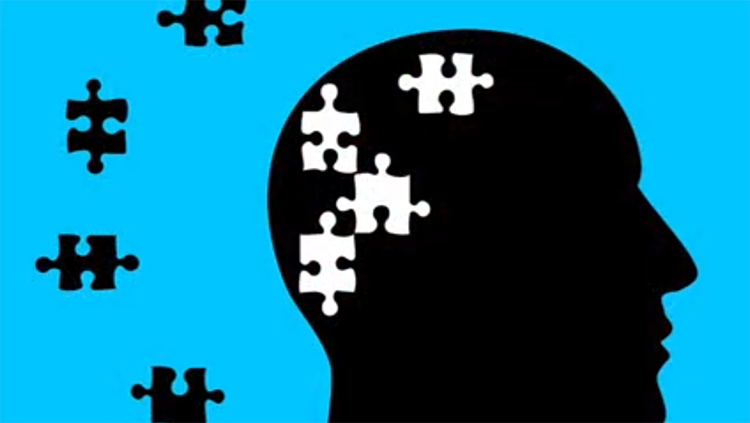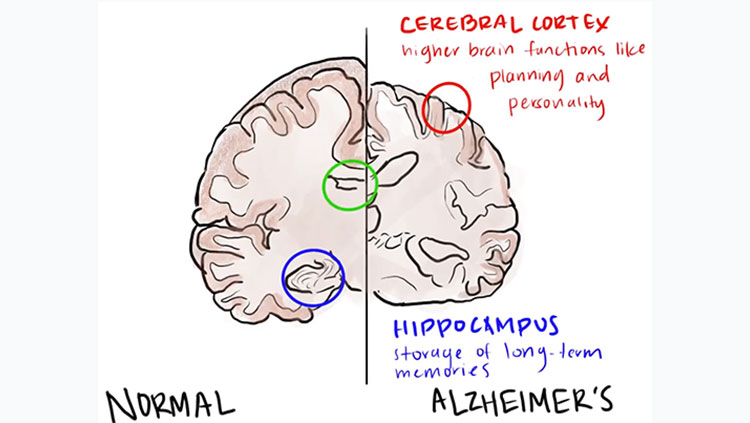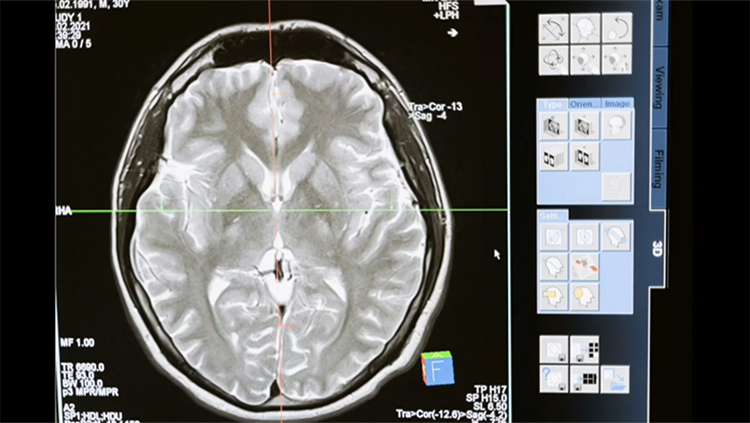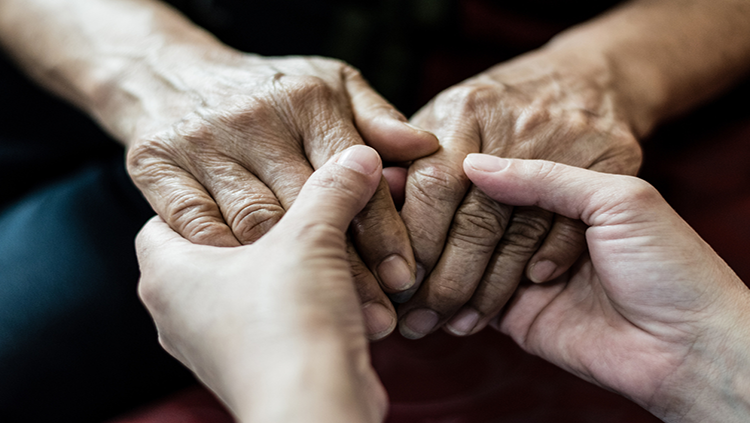Parkinson's Disease Empathy Kit
- Published22 Oct 2021
- Source BrainFacts/SfN
Shared experiences and perspective-taking can foster empathy and understanding. The exercises in this video will help you understand what it’s like to live with Parkinson’s disease, a degenerative disorder that destroys nerve cells in a part of the brain that controls movement.
This is a video in the 2021 Brain Awareness Video Contest.
Created by Erin Clabough.
CONTENT PROVIDED BY
BrainFacts/SfN
Transcript
Parkinson's disease is a progressive neurodegenerative disease that has no cure. By 2020, there were 1 million patients with Parkinson's disease in the United States, with 60,000 being diagnosed a year. Ten million people worldwide are diagnosed with Parkinson's.
More than a tremor, Parkinson's can make parts of daily living more difficult in ways that are hard to see from the outside. Each patient has a unique story and set of symptoms. Once you have met a patient with Parkinson's, you have met just one patient with Parkinson's.
This empathy kit is designed to give you a short experience of what life is like with some of the symptoms caused by Parkinson's disease. Empathy can include looking at things from a different person's perspective. There's no better way to understand someone else's life challenges than by having a shared experience. This empathy kit is designed to be completed in a single day, but it will impact the way you view Parkinson's forever.
Sleep disturbances are one of the most common non-motor symptoms of Parkinson's disease and increase in frequency as the disease advances. In order to simulate sleep disturbance in the kit, you will interrupt your sleep twice throughout the night using wake up alarms, which should be set out of arm's reach before falling asleep. The initial alarm should be set for three hours after you go to bed and the second for five hours after you go to bed. In each of these instances, you should walk once to and from the bathroom before attempting to fall asleep again. Consider how these disturbances impact your rest and productivity the next day.
Bradykinesia specifically includes slowed movements, some abnormal movements when attempting to initiate a movement, and general difficulty pacing movements. Here are three tasks you can place in your morning routine to help replicate the experience of bradykinesia.
In order to simulate the additional time that many PD patients need to complete everyday tasks, wait 20 seconds after brushing your teeth, after getting dressed, and after using the bathroom first thing in the morning. Each time, slowly count to 20 before you start moving again.
Between these tasks, shuffle your feet by not lifting them off of the floor to replicate the shuffling gate of Parkinson's. Place masking tape, colorful tape, sticky notes, or another type of indicator, such as a sign, on a door that you use throughout the day. So, every time you get to this door or threshold you have to stop and wait for 10 seconds before going through the door. This will help to replicate the random and sudden qualities of bradykinesia episodes.
When drinking throughout the day, you may never drink out of a cup with an open top. You must drink only out of containers that have a lid with a straw or water bottles with small openings to prevent spillage. When eating throughout the day, you can only eat foods that do not require cutting or movements beyond placing the food on the fork and bringing it to your mouth.
If you choose to eat these things, someone else needs to cut them up for you. Consider how foods like soups, spaghetti, or tacos would be difficult to eat with a tremor and rigidity. Just before bed, use either tape or a rubber band to bind your thumb, index, middle, and ring fingers of your dominant hand together around the middle knuckle for a period of about 10 minutes. Write a brief email or text and then get undressed and put on pajamas while your hand is bound to see the impact that decreased fine motor skills has on everyday tests.
Difficulty with smell is a common symptom of Parkinson's disease, with over 90% of diagnosed individuals exhibiting some impairment to their sense of smell, while 45% of these individuals have anosmia, which is the total loss of smell. So to replicate this, during one meal today, either close your nose with your fingers, use a clothespin or some other some other object such as a paper clip, or put a strong smelling lip balm, lotion, cologne, or other scent directly below your nose while you're eating. So consider how your sense of smell impacts your eating experience.
Many Parkinson's disease patients maintain an active lifestyle of high intensity workouts to ease symptoms. Make sure to complete at least 30 minutes of your preferred exercise by the end of the day. Walk at a moderate high pace or run around your neighborhood, stretch your back, arms, and legs with a yoga routine, or complete an age-appropriate strength exercise like squats, push-ups, curl-ups, and planks.
Parkinson's disease symptoms are often managed by medications that increase dopamine and need to be taken frequently. Throughout the day, use a dried bean, rolled piece of bread, or tic tac to mimic a pill. Take this pill three times a day one hour before eating. Please set an alarm to remember to take these medications since it mimics the basic medicine regimen of levodopa. If you are unable to swallow pills, mix sugar water and drink it on the same schedule as you would take the pills.
If you know someone with PD, talk to them about this kit, and listen to their personal experiences. Everyone's Parkinson's disease journey is different.
Also In Neurodegenerative Disorders
Trending
Popular articles on BrainFacts.org


.jpg)














